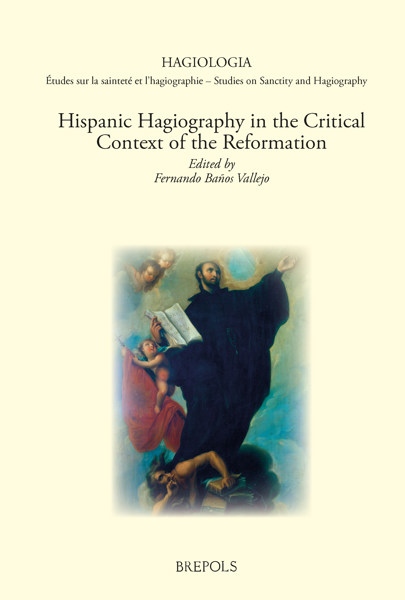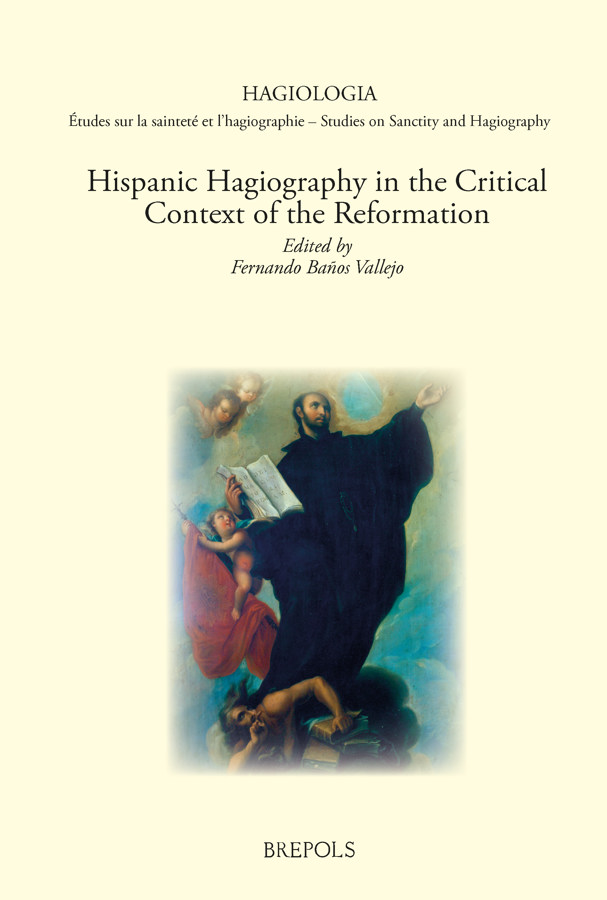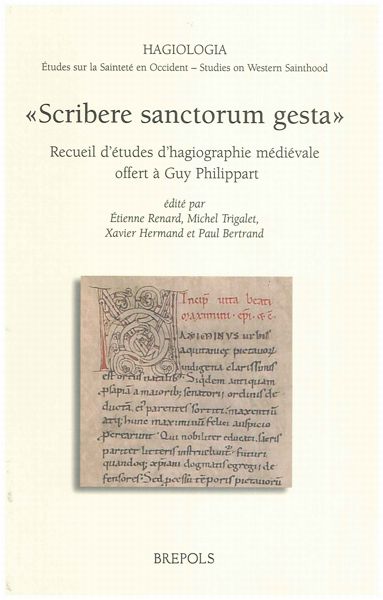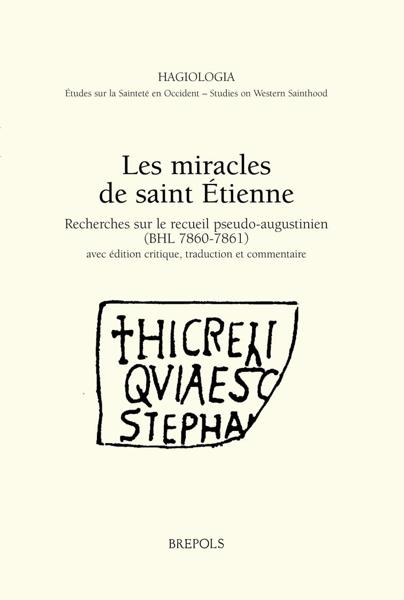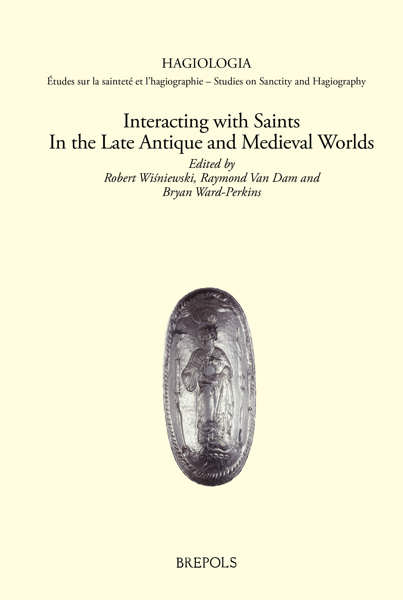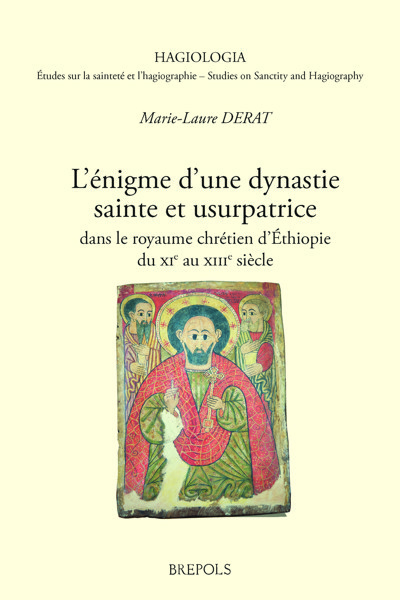
Hispanic Hagiography in the Critical Context of the Reformation
Fernando Baños Vallejo (ed)
- Pages: 267 p.
- Size:156 x 234 mm
- Illustrations:11 b/w, 20 col., 3 tables b/w.
- Language(s):English
- Publication Year:2023
- € 95,00 EXCL. VAT RETAIL PRICE
- ISBN: 978-2-503-60212-7
- Hardback
- Available
- € 95,00 EXCL. VAT RETAIL PRICE
- ISBN: 978-2-503-60213-4
- E-book
- Available
This book studies the controversy on the saints between Protestants and Catholics, as viewed from hagiographic literature in the Hispanic sphere. The sources examined in this volume include texts written in Latin, Spanish, Portuguese, and Catalan.
Fernando Baños Vallejo is Professor of Literary Theory and Comparative Literature at the University of Alicante. His research focuses on the devotional literary genres of the Middle Ages, specifically legends on saints and miracles.
The sixteenth century was a time of great religious turmoil in Europe, during which the critical positions within the Catholic Church led to a definitive break between Christians. One of the major controversies pertained to the cult of the saints, since in 1523 Martin Luther denied the mediating role of the saints and repudiated what he considered excesses in their devotions.
The studies presented in this volume examine the impact of the Reformation on hagiography in the Hispanic sphere. They investigate how theological positions and controversy were projected onto literature, and how literature incorporated theological discourse, explicitly or implicitly. Unsurprisingly, the Catholic Church reaffirmed the hagiographical tradition, but to what extent was hagiographical literature, specifically Hispanic literature, affected by reformist approaches? This book explores issues less evident and hitherto neglected: for example, Hispanic Catholic authorities and authors, influenced by the denunciations of the excesses of the cult of saints and hagiographical “fables,” publicly declared the purging of apocryphal elements in saints’ lives; in practice, however, they grappled with the difficulty of applying theoretical criteria to such an enormous subject. As a result, certain contradictions arose between these criteria and the commitment to the hagiographical tradition, which some even sought to expand and update. This complex tension is brought out by the studies gathered here in the fields of hagiographical prose in Catalan, Portuguese and Spanish, in Iberia and in America, without neglecting the role of the theater in the dissemination of saints’ legends.
Fernando Baños Vallejo, Introduction
María José Vega Ramos, Mediator Unus: The Intercession of Saints in the Expurgated Bibles of the Censura Generalis (1554)
Fernando Baños Vallejo, Villegas’ Deviation in the Compositional Criteria of His Flos sanctorum
José Aragüés Aldaz, Holy Folly and Simplicitas during the Counter-Reformation
Natalia Fernández Rodríguez, Hagiographical Theatre and Counter-Reformation: Between Baroque Aesthetics and Arte Nuevo
Alicia Mayer, Delendus est Lutherus: The Triumph of the Saints and the Virgin Mary over Heresy in New Spain's Imagery
Marcos Cortés Guadarrama, Evolution of the Figure of St Michael the Archangel: From Medieval Flos sanctorum to New Spain's Hagiography (ca. 1480-1692)
Carme Arronis Llopis, Catalan Lives of Saints after Trent (1575-1602)
Cristina Sobral, Nota, pio leitor...: The Hagiographic Critical Discourse in 1567
